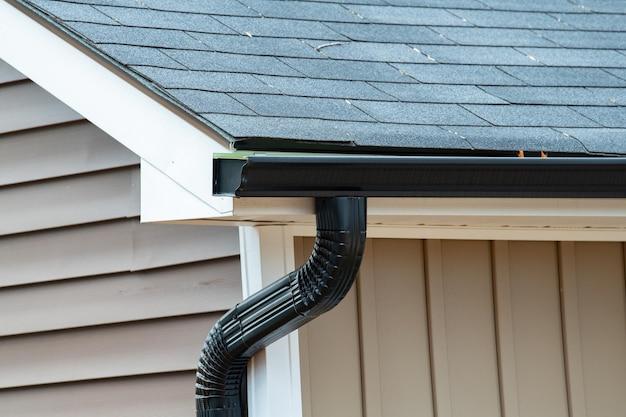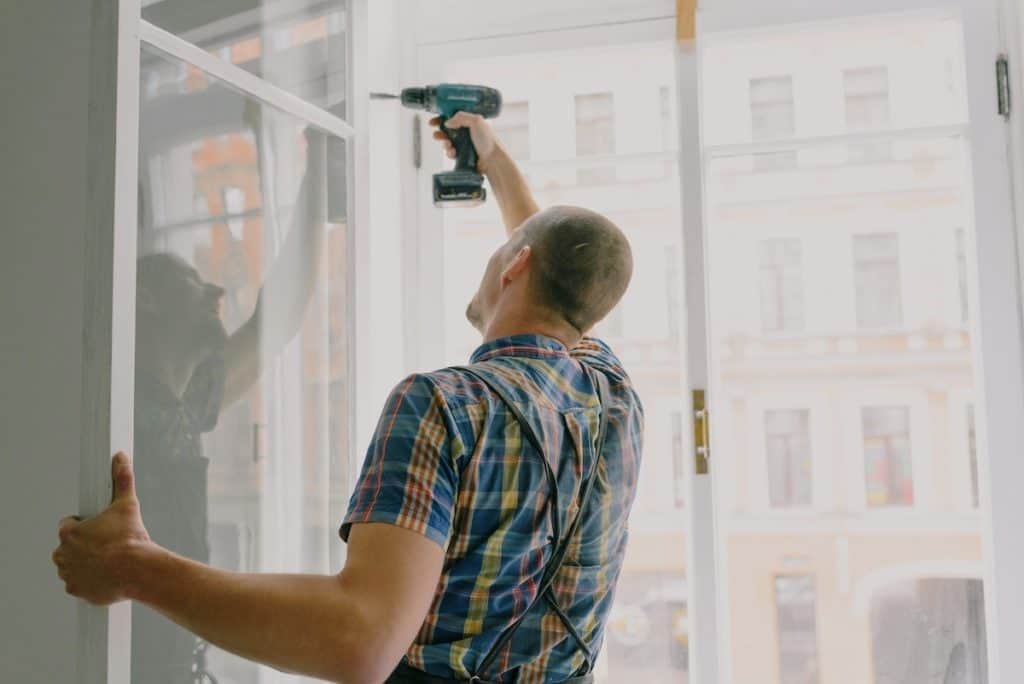Insulation can potentially influence how much money you spend on energy. Proper insulation can help keep the interior at a pleasant temperature all year by lowering the stress on the HVAC system.
You will quickly minimise your household expenses once you get it right and make your home more energy efficient.
Let’s consider eight different ways to ensure your home becomes a pleasant yet energy-efficient place where you do not have to compromise your quality of life. On the other hand, you have to be diligent and make the right choice when selecting your insulation materials as the incorrect insulation can affect your energy usage.
1. Upgrade Insulation
Insulation serves as a critical defence against heat loss during the winter and heat gain during the summer, providing a consistent and comfortable indoor environment.
Types of Insulation
Explore options such as batt, blown-in, spray foam, and reflective barriers, each suited for different areas like attics, walls, floors, and ducts.
Identify Areas for Improvement
Conduct an energy audit to pinpoint areas with inadequate insulation, ensuring a comprehensive upgrade for maximum efficiency. Beyond energy savings, proper insulation ensures improved indoor comfort, reduced reliance on heating and cooling systems, and enhanced noise insulation.
2. Seal Air Leaks
Identify gaps around windows, doors, pipes, and electrical outlets that allow air infiltration using techniques like draught detectors or visual inspection.
Weatherstripping and Caulking Techniques
Implement weatherstripping materials and caulking compounds to seal gaps, prevent draughts, and ensure optimal temperature control. Minimised draughts lead to more consistent indoor temperatures, reduced energy waste, and lower heating and cooling costs.
3. Energy-Efficient Windows and Doors
Opt for windows and doors with low-emissivity coatings and double or triple glazing to reduce heat transfer and UV radiation.
Material Selection
Choose energy-efficient window frames and door materials, such as vinyl or fibreglass, for improved insulation properties.
Window Films and Shades
Install window films or shades to enhance insulation further, reducing solar heat gain and promoting energy savings. Reduced energy use, better soundproofing, and cheaper utility costs are the results of these changes.
4. Energy-Efficient Appliances
Replace old appliances with Energy Star-rated ones, which consume less energy while maintaining high performance standards. It is simply a case of knowing which are the right appliances for your home.
When you incorporate the use of energy-efficient appliances, you’ll end up using way less gas or electricity, which will result in lower energy bills. The performance and longevity of these appliances can also be improved by the high-tech features that are now standard on many of them. When it comes to saving money in the long run, nothing beats the value of investing in energy-efficient appliances thanks to their combination of lower electricity use and greater durability.
5. Efficient Lighting
Replace traditional incandescent bulbs with energy-efficient options like LED or CFL bulbs, which consume significantly less energy and last longer.
Automated Lighting Controls
Incorporate motion sensors, timers, and smart lighting systems to ensure lights are only active when needed.
Reduced energy consumption, decreased maintenance costs due to longer-lasting bulbs, and enhanced lighting management are all outcomes of these changes.
6. Smart Thermostat Installation
Smart thermostats offer programmability and remote control, enabling you to optimise your home’s temperature settings efficiently.
Learning Thermostats
Some models learn your schedule and preferences, automatically adjusting the temperature to save energy without compromising comfort. Precise temperature control translates to reduced heating and cooling costs while maintaining a comfortable environment.
7. Renewable Energy Integration
By making use of solar panels in your home, you will experience cleaner energy and be less reliant on the grid. Solar power not only cuts electricity bills but also potentially allows you to sell excess energy back to the grid, leading to cost savings and even extra income.
Exploring Wind Turbines and Other Options
Pay attention to alternative energy options such as hydroelectric systems and wind turbines. While upfront costs might be a factor, the long-term financial and environmental benefits can far outweigh the initial investment.
8. Water Efficiency Measures
Install low-flow fixtures for faucets, showers, and toilets to minimise water usage without compromising performance.
You may want to consider setting up drip irrigation systems as part of your landscape watering methods or even utilising native plants, as these are hardy. Doing so will not only reduce water waste but also result in a more environmentally friendly property. Insulate Water Pipes: Wrap water pipes with insulation to prevent heat loss during transportation, reducing the energy required for water heating.
These changes help save money on water heating costs and protect scarce water supplies. Do your best to stop putting off tasks you do not enjoy and work towards implementing the tips within this article..
Final Thoughts
There are various ways you can play your part in making our planet eco-friendly while simultaneously reducing unnecessary costs. By adhering to the tips and suggestions provided and following advice offered by sites like https://www.webku.org/, you will positively contribute to an energy efficient home while saving on your energy bills.








Add Comment